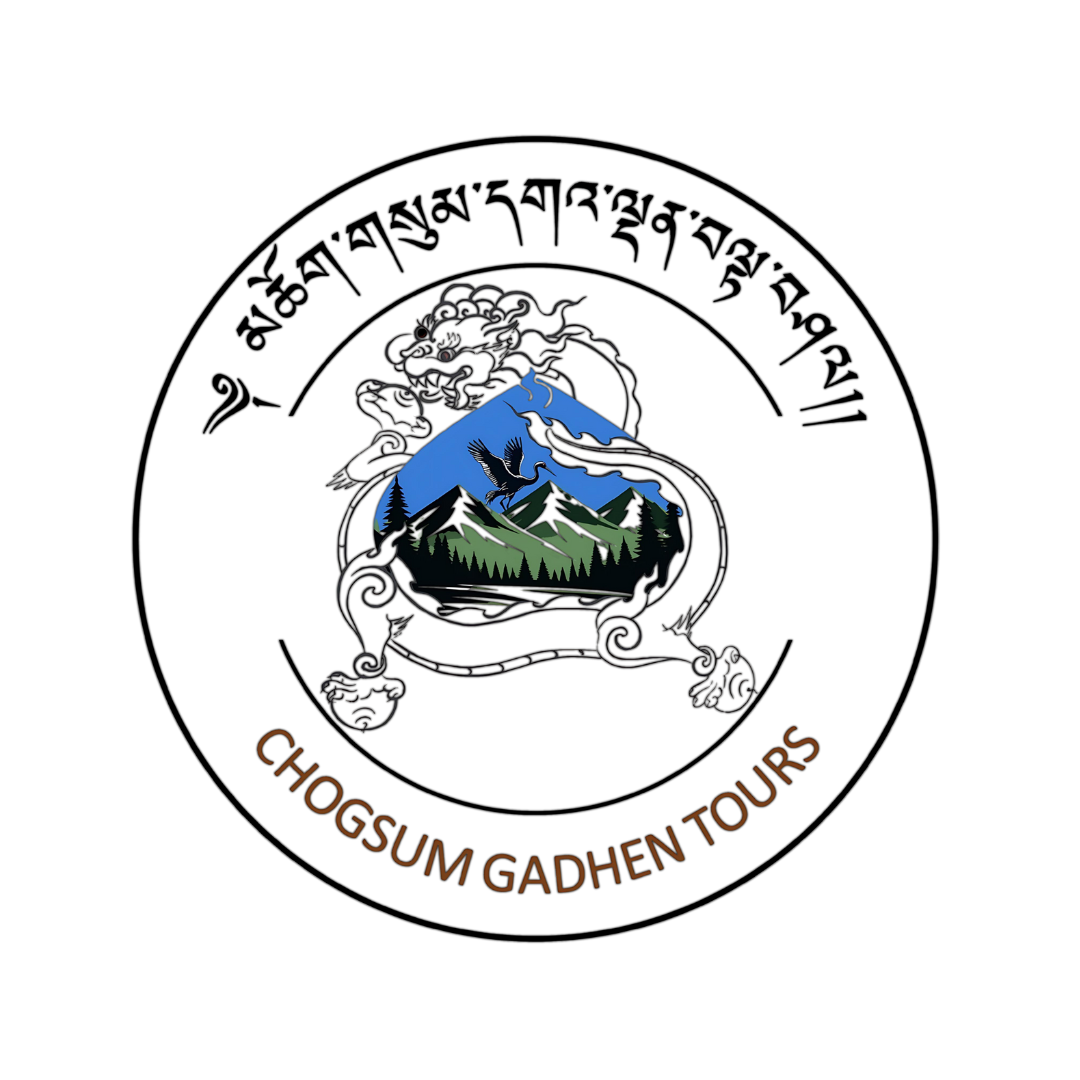Call Us:+975-17615031
The Mystical Tale of Paro Taktsang: Tiger’s Nest Monastery

Nestled precariously on the edge of a sheer cliff, 900 meters above the Paro Valley, lies one of Bhutan’s most iconic and revered landmarks—Paro Taktsang, popularly known as the Tiger’s Nest Monastery. This sacred site is not just an architectural marvel but also a symbol of Bhutanese spirituality and legend.
The Legend of Guru Rinpoche
The story of Tiger’s Nest dates back to the 8th century and revolves around the legendary Guru Rinpoche, also known as Padmasambhava, the second Buddha. According to Bhutanese folklore, Guru Rinpoche flew to this exact spot from Tibet on the back of a tigress, believed to be a manifestation of his consort, Yeshe Tsogyal. This extraordinary journey was undertaken to subdue a local demon and to spread the teachings of Buddhism.
Upon his arrival, Guru Rinpoche meditated in a cave for three years, three months, three weeks, three days, and three hours. It is said that during this period, he subdued the demons and blessed the place, making it one of the most sacred sites in Bhutan. The cave where he meditated is now enshrined within the monastery complex.

The Construction of the Monastery
The monastery was built in 1692 by Tenzin Rabgye, the 4th Druk Desi (secular ruler of Bhutan). It was constructed around the sacred cave where Guru Rinpoche meditated. The monastery complex consists of four main temples and several residential shelters, all interconnected by stone steps and stairways carved into the rock.
The architecture of Tiger’s Nest is a breathtaking feat, considering the challenging terrain and the era in which it was built. The buildings are adorned with intricate murals and paintings depicting various Buddhist deities and legends, adding to the mystical aura of the place.
The Journey to Paro Taktsang
Visiting Paro Taktsang is both a spiritual pilgrimage and an adventure. The journey begins at the base of the mountain, where travelers are greeted with lush pine forests and prayer flags fluttering in the wind. The hike to the monastery is approximately 3-4 hours, depending on one’s pace and physical fitness. Along the way, visitors are treated to stunning views of the Paro Valley and the majestic Himalayas.
For those unable to hike the entire distance, there is an option to ride a horse partway up the trail. However, the final approach to the monastery must be made on foot. The last segment of the journey involves ascending a steep staircase carved into the cliffside, culminating in a narrow bridge that leads directly to the entrance of the monastery.
A Place of Meditation and Reflection
Upon reaching the monastery, visitors often feel an overwhelming sense of peace and tranquility. The serene environment, combined with the monastery’s spiritual significance, makes it an ideal place for meditation and reflection. The main shrine rooms house statues of Guru Rinpoche and other important Buddhist figures, where monks and pilgrims come to offer prayers and light butter lamps.
Rebirth from the Ashes
In 1998, a tragic fire broke out at Tiger’s Nest, causing significant damage to the monastery. However, with the support of the Bhutanese government, local communities, and international donors, the monastery was meticulously restored to its former glory by 2005. This restoration not only preserved the historical and spiritual essence of the site but also reinforced its importance as a symbol of resilience and faith.
A Timeless Beacon of Bhutanese Culture
Today, Paro Taktsang stands as a timeless beacon of Bhutanese culture and spirituality. It is a testament to the country’s rich heritage and the enduring legacy of Guru Rinpoche. Each year, thousands of pilgrims and tourists from around the world make the journey to Tiger’s Nest, seeking blessings, inspiration, and a deeper connection with the divine.
Whether you are a spiritual seeker, an adventurer, or simply a traveler in search of breathtaking beauty, Paro Taktsang offers an experience that transcends the ordinary. It is a place where legends come to life, and the sacred and the sublime converge, leaving an indelible mark on the soul of all who visit.





